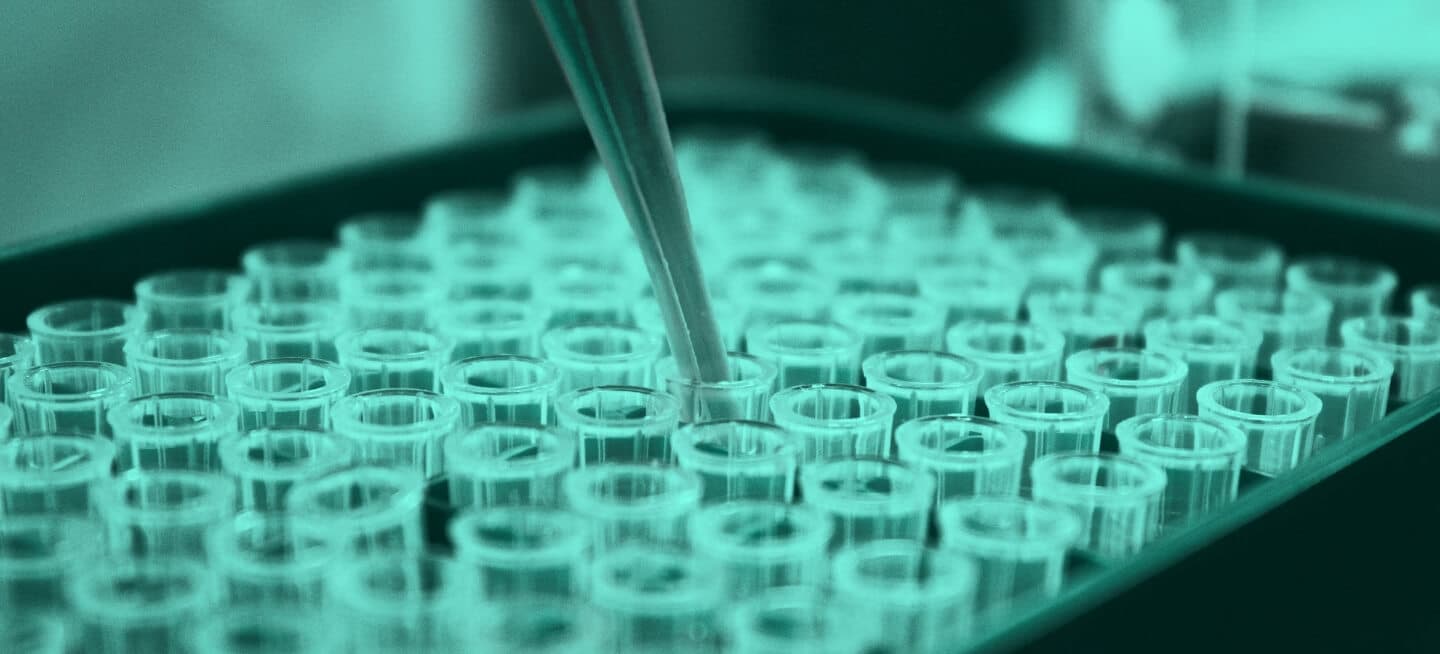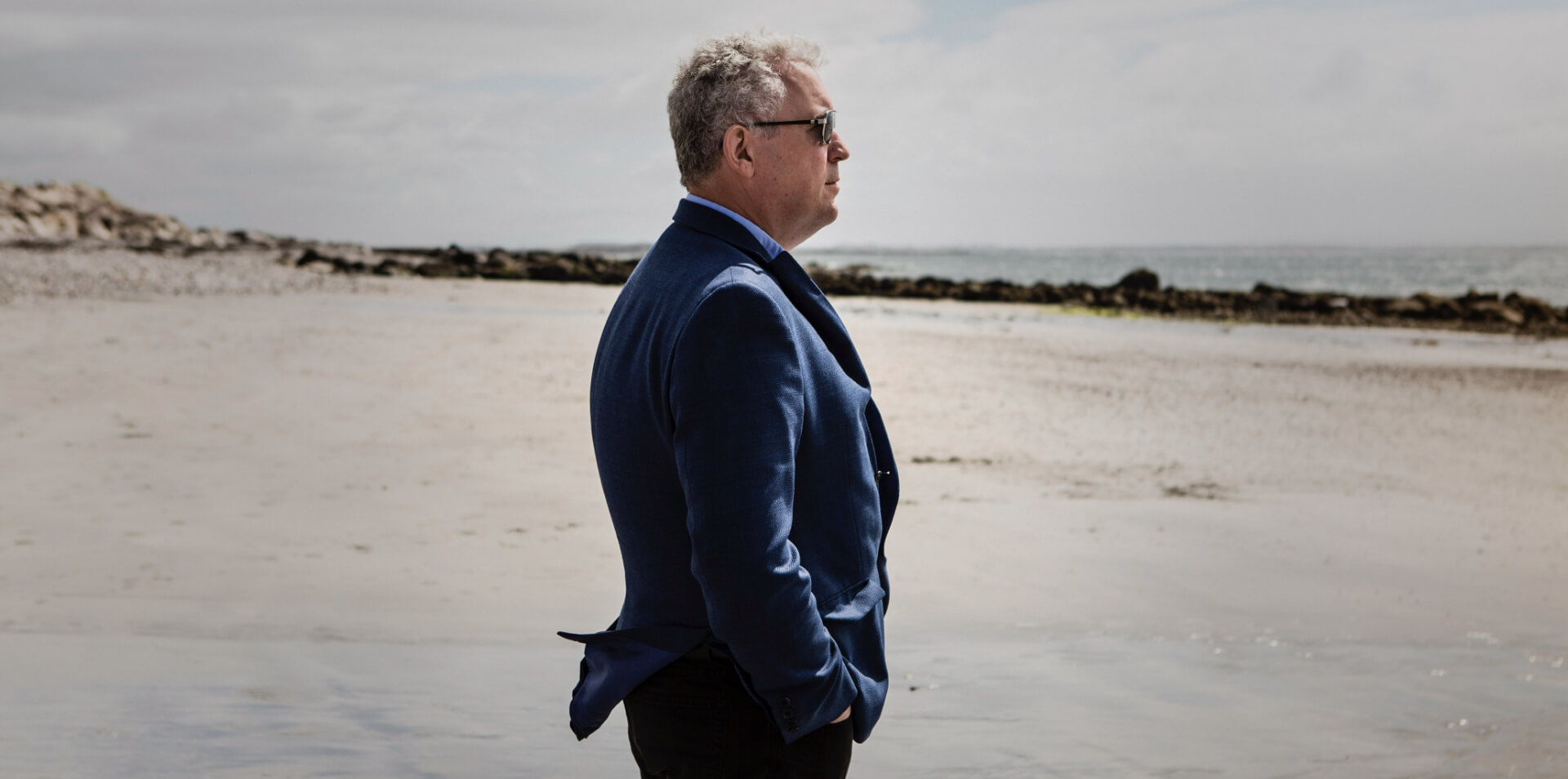
A competitive business environment, breadth of expertise and joined-up strategic thinking have combined to make Ireland an ideal location for the life sciences sector
The growth of Ireland’s pharmaceutical industry has been one of the country’s great success stories. From small beginnings in the 1960s, the country now plays host to 19 of the top 20 global pharmaceutical and biopharmaceutical companies. It has become a centre of innovation for the life sciences, a sector that now accounts for almost 40 per cent of national exports.
Global biopharmaceutical company Pfizer was one of the first investors when Ireland opened its economy. More than 40 years later, it will soon be producing supplies of its Covid-19 vaccine from its plant in Dublin as part of a new $40m investment.
Joining blue chip names such as Eli Lilly, GlaxoSmithKline and Johnson & Johnson and industry leaders including Abbvie, Takeda, MSD (Merck) and Novartis, the British-Swedish biopharmaceutical group AstraZeneca has recently announced it will be ploughing $360m into a new manufacturing facility in Dublin. This is a significant feather in the cap for IDA Ireland, the government agency that promotes Ireland to foreign investors.
Accounting for annual exports of €62bn.
The size of the pharmaceutical industry has almost doubled over the last decade, says Rory Mullen, Head of Biopharma and Food at IDA Ireland. “We’ve gone from about 22,000 people to almost 40,000 today — that’s quite an achievement.”
The core of the pharmaceutical industry in Ireland is high-end manufacturing, says Mullen, and the way in which companies kept running without interruption through the Covid-19 pandemic demonstrated its deep-rooted resilience. “There was a smooth transition and no disruption to supply.”
Ireland has kept its competitive edge as a life sciences stronghold in the last decade by maintaining investments in the long-established sector of small molecule drugs while winning new investments in the booming field of biologics products. It is now targeting the emerging space of cell and gene therapy.
“A lot of [small molecule] API manufacturing has been moving to lower cost locations in Asia and elsewhere,” says Mullen, “but I think companies have realised they need the expertise that is developed in locations such as Ireland, particularly in the early stages of development.”
Ireland is the 3rd largest net exporter of pharmaceuticals in the world.
5 of the 8 global top-selling drugs, making it the world’s largest net exporter of pharmaceuticals.
Providing that pool of expertise was the impetus behind the Irish government’s establishment of the National Institute for Bioprocessing Research & Training (NIBRT), based in Dublin, in 2011. NIBRT trains around 4,500 people a year, providing a pipeline of brand-new talent and delivering customised training for industry professionals in the latest technologies, including complex biomanufacturing processes.
Killian O’Driscoll, Director of Projects at NIBRT, points to a global shortfall in biopharma talent. “It is still a relatively new industry, driven by technology, and it’s changing rapidly, as we see with the impact of cell and gene therapies, for example, which are highly complex. But there’s an ever-increasing global shortfall in the talent that’s available. So, if a country or location has a supply of talent and biopharma manufacturing, that’s very attractive for investment.”
NIBRT has been so successful that it is licensing its training programmes globally in locations such as the US, Australia, Canada, China, and South Korea. It also partners with industries in forward-looking training. The Biopharma 4.0 Alliance, set up with Boston Consulting in 2019, established what O’Driscoll calls a “digital demonstrator” to help biopharma companies apply digital technologies to drive efficiencies in their manufacturing. Similarly, NIBRT has just started a programme with Siemens to train scientists and engineers in applying artificial intelligence and data analytics to biopharma production.
IDA Ireland is backing the Siemens/NIBRT collaboration, and Mullen says that the advantage of being a small country is the opportunity to have more direct access to government to secure funding for such programmes. “Whether it’s education needs or setting up training institutes, we can act quickly and be agile.”
The considerable number of pharmaceutical companies firmly established in Ireland is attractive for prospective entrants. “Many clients have been investing in Ireland for a long period, and they’ve had very successful experiences here,” says O’Driscoll. “That has encouraged them to reinvest — and each time they reinvest it tends to be a more complex investment, higher up the value chain. So that virtuous cycle of investment is there.”
Ireland has an evolving clinical trial ecosystem with 291 trial sites across the country.

IDA Ireland has been successful in attracting life sciences companies to invest across the regions, proving it’s not all about Dublin. The regions are particularly appealing to biopharma companies, thanks to lower living costs and low staff turnover – employees are loyal. “You become the employer of choice in a location,” says Mullen. One such example is the US biotech Regeneron, which arrived in Limerick in 2014. It hired 400 more workers last year as the company geared up at other sites to produce its Covid-19 antibody therapy at global scale.
Niall O’Leary, Senior Vice President at Regeneron, says the company enjoys close relationships with third-level institutions. “The local universities have been crucial to our success. They have worked with us to develop a biotech-related curriculum. University support has had a huge impact on our recruitment efforts.” More than 80 per cent of Regeneron’s Irish workforce is third level-qualified, fuelled by an ongoing internship programme designed to build its talent pipeline.
Multinationals are also stimulating indigenous companies. These include businesses such as DPS Group and Zenith Technologies, which initially served the multinational market in Ireland but grew to become global businesses themselves. O’Driscoll also notes that there is a rising number of indigenous companies focused on drug discovery. “That probably wasn’t a feature of the Irish ecosystem until the last five years, but it’s growing — and growing very rapidly.”
Looking ahead, O’Driscoll sees cell and gene therapies having a huge impact. “They’re incredibly efficacious from a clinical perspective,” he explains. Although there are logistical hurdles to overcome and challenges in scaling such therapies up to an industrial level, Ireland is well placed in terms of its manufacturing and supply chain expertise. Early this year the Japanese biopharma giant Takeda expanded its stem cell therapy production facility in Dublin, the first of its kind in Ireland.
As IDA Ireland’s CEO Martin Shanahan notes, Takeda’s investment in these kinds of leading-edge facilities represents “our strong value proposition. It’s a huge vote of confidence in Ireland.”
National Institute for Bioprocessing Research & Training (NIBRT), based in Dublin, trains around 4,500 people a year.




















